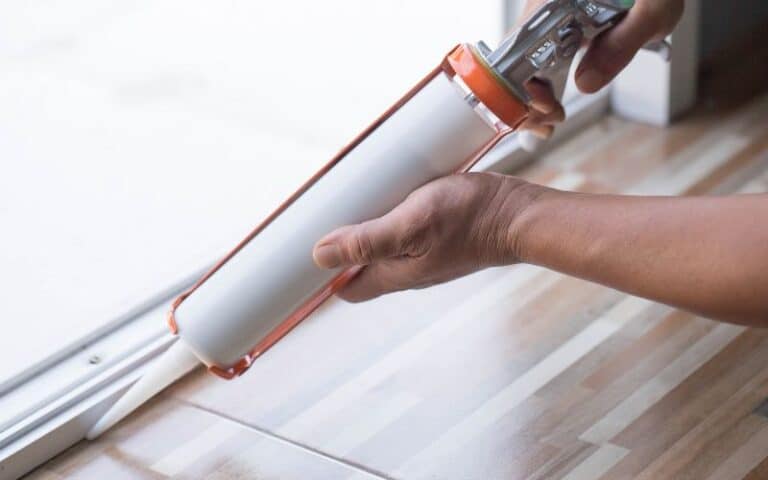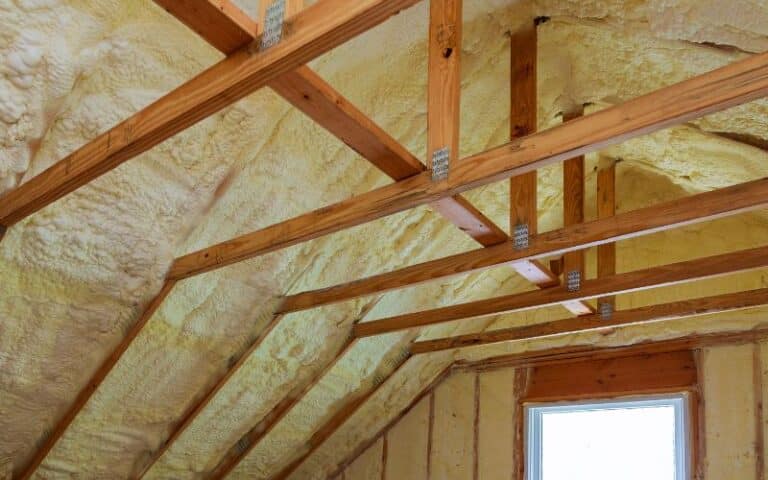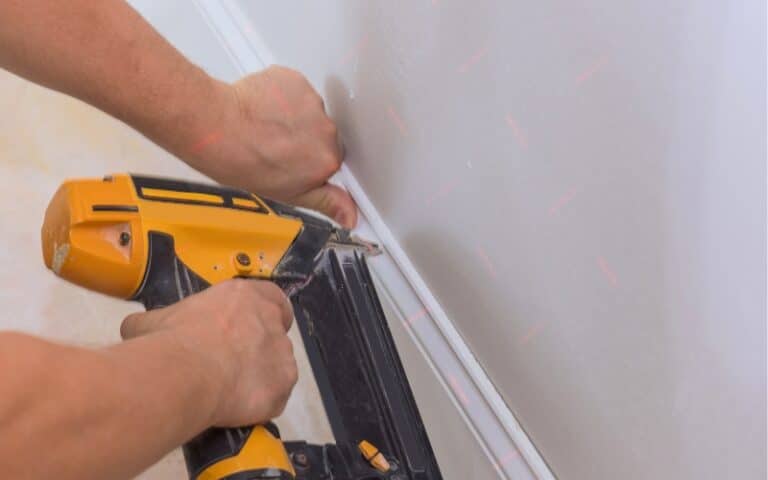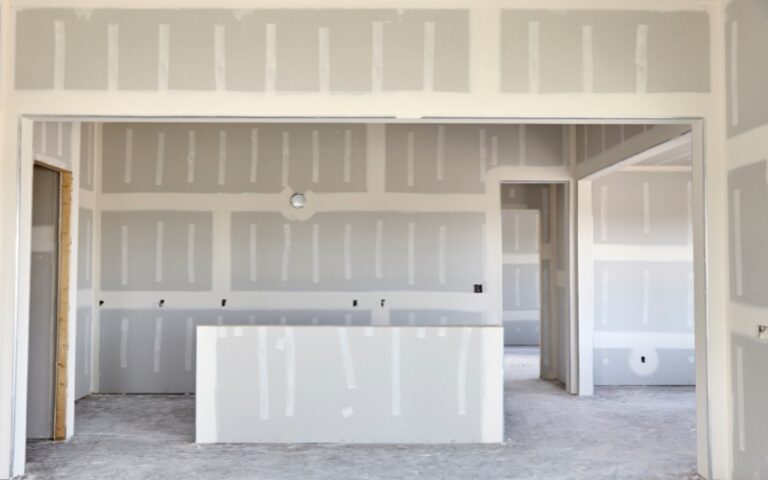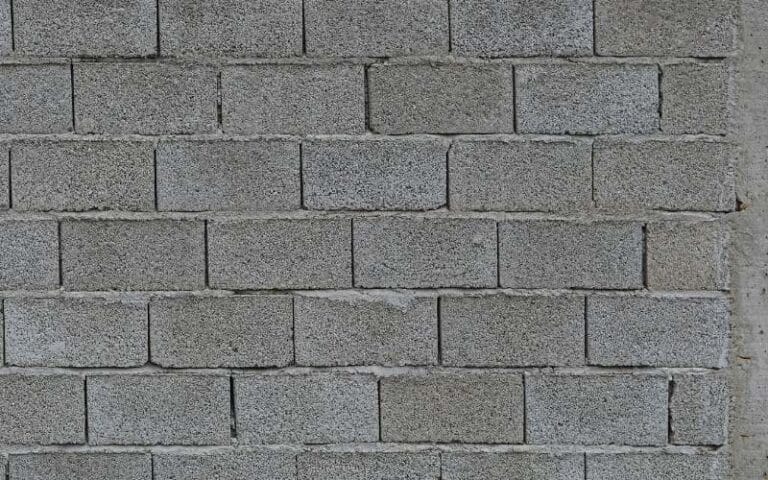Drywall is a very important part of your home; it provides your walls with structural support and can keep moisture and humidity from affecting your walls.
In the perfect conditions, drywall should last about 50 to 70 years. But, water damage, pest infestation, and weak spots in the drywall can cause it to crumble.
An accumulation of water and mud in the wall can cause drywall to crumble. Although water and moisture exposure is the foremost cause of crumbling drywall, it can also crumble if you do not install drywall properly or maintain it. In that case, you’ll have to repair or replace damaged drywall entirely.
Drywall is very important to the structural integrity of your home; you have to ensure that your drywall is in perfect condition at all times.
If your drywall is crumbling, you can learn the causes to prevent further damage or repair it if the damage is extensive.
Ready for a Drywall Quiz?
Why Is My Drywall Crumbling? 5 Common Reasons
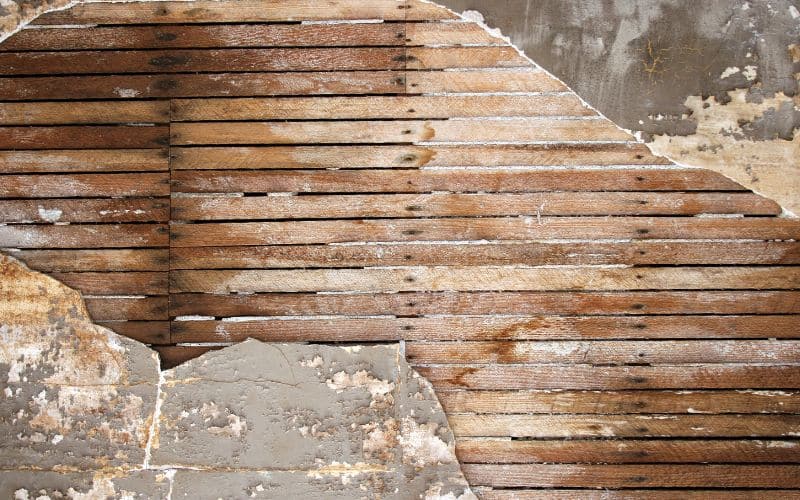
Several factors can be responsible for your crumbling drywall.
#1. Water Damage
Usually, drywall contains some water during the process of construction. But once you install the drywall, any moisture or water can damage it and cause it to crumble.
The water or other moisture in the drywall can cause mold and mildew to grow in the drywall. If this continues for an extended period, the drywall can begin to crumble.
Large or small quantities of water for a long time can damage drywall; over time, as the gypsum soaks the water, it will become saturated and begin to sag.
Factors such as leaky pipes, continuous high humidity, floods, or constant water on the walls can be responsible for water damage.
#2. Pest Infestations
If you’re confident that no water is getting on your drywall, your issue might be pests. Termites, wood wasps, and powderpost beetles can enter your drywall and eat away at the sheetrock.
So, some issues can begin as a small pest infestation but quickly become a structural issue if you don’t handle it properly. If you have a pest problem, you will have to exterminate it.
#3. Weak Areas In the Drywall
Manufacturing defects or prior damage can cause the drywall to be weak in some places. Such defects can cause the drywall to disintegrate, and it will start to crumble.
Further, if you don’t do a DIY repair job well, it can cause some areas in the drywall to be weak, making the drywall crumble after some time.
#4. Core Damage
If you’ve had too many repairs done on your drywall, it could make the original gypsum lose its structural integrity.
Usually, this happens after rain or extensive water damage. Even if you dry the drywall, it will not return to its normal shape. So, the drywall will crumble over time.
How to Fix a Crumbling Drywall?
Before you fix drywall, you’ll need to identify and address the damage’s cause. Otherwise, you’ll keep fixing the drywall with only temporary results.
#1. Replace the Panel
Usually, the damage starts small before it becomes extensive. That means that only a portion of the drywall will be damaged, so you can replace the damaged panel with another one.
But, if the damage has extended beyond a single panel, you must replace the entire wall. Replacing the wall is usually the best course of action in many cases.
#2. Dehumidify the House
High levels of moisture are one of the major causes of crumbling drywall. You can reduce the damage by running a dehumidifier in your house if the damage isn’t extensive.
Once you reduce the moisture levels, the damage to the drywall will stop. However, you may still need to replace the damaged drywall with new panels.
But, if you can reduce moisture and improve the air quality in your home, you can reduce the risk of more damage to your drywall, and the damaged drywall will get back in shape.
#3. Cover With Patching Compound
Patching compound is the fastest and easiest way to fix crumbling drywall, and you can make your compound with water and cement and use it to patch your drywall.
You can use the compound to fill in the gaps in the drywall and to make it look as good as new. However, if the damage is extensive, such as from an insect infestation, it may not work.
It would be best to hire a professional for any serious work on your drywall, especially if you want to replace an entire wall, not just a panel.
If you’re trying to repair or replace your drywall, you should know the causes of crumbling drywall and how to fix it.
| Causes of Crumbling Drywall | Fixes for Crumbling Drywall |
|---|---|
| Insect or Pest infestation | Patching compound |
| Water damage | Panel replacement |
| Core damage | Dehumidify the house |
| Excess humidity |
Can I Prevent My Drywall From Crumbling? How?
You can prevent drywall from crumbling by preventing water from damaging the drywall; when there is water damage, the symptoms include water spots, a strong odor, and discoloration.
In minor cases, there will be small cracks in the drywall. But in severe cases, the entire wall can be soggy, and mildew will most likely grow on the walls.
So, the most effective way of preventing crumbling drywall is by protecting your wall from water damage of any kind.
Use water-repellent compounds and water-repellent sealers. In addition, you can close any holes in your wall that water can settle in and cause damage over time.
In addition, make sure the air in your home is not too moist. Use a dehumidifier to remove the moisture and fix leaky roofs.
You can also prevent crumbling drywall by protecting your home from insects such as termites, wood wasps, and carpenter ants.
These insects can turn your walls into their home and build up, causing significant damage.
You can use repellants, or you can have your home fumigated to avoid a buildup of pests.
Finally, if you do not have the requisite skills, you should avoid repairing your home’s walls. Otherwise, you can cause more damage and make your drywall crumble.
How to Prevent Crumbling Drywall From Installation?
You can prevent your drywall mud from cracking, and if you install your drywall properly, you can try so that it doesn’t crack after you’ve installed it.
One way is to install your drywall properly; one of the major reasons drywall cracks is improper installation. Apply your drywall mud in thinner coats.
Also, you have to be mindful of your drywall’s density and drying times. Don’t make it too thick; if you do, it will take much longer to dry.
Thick drywall will not dry properly, and even when it dries, it will start crumbling after some time. So, make your drywall mud light and apply it in thin coats so it dries easily.
Further, make sure that the drywall you use is not defective. The joint compound contains some organic materials which can make it decompose over time.
If your drywall mud goes bad, you should avoid using it, as it can result in crumbling once installed.
It is always best to call a professional for drywall or repair jobs, especially if you’re not confident in your skills. If you do not install drywall properly, it will most likely crumble.
Finally, the type of drywall you use can determine whether the drywall crumbles afterward. When you use premixed drywall mud, it may develop cracks shortly afterward.
Since premixed drywall dries from evaporation, shrinkage cracks may form in the drywall as it evaporates, and the cracks may cause the drywall to crumble.
But, if you use powdered drywall, you have to allow it to cure. Powdered drywall is less likely to crumble or crack than other types of drywall because curing does not create holes in the drywall.
There are also some types of drywall that you can only use for specific purposes. So, before you start working, check the type of drywall you need for that particular purpose.
Is It Better to Repair Or Replace a Crumbling Drywall?
It is best to replace crumbling drywall, especially if the damage to the drywall is extensive, but you can choose to repair the damaged parts if the damage is not serious.
The location of the damage and the presence or absence of moisture will also determine whether you should repair your drywall or replace it.
Also, if an insect infestation is responsible for the damage to your drywall, you will have to replace the wall altogether. An insect infestation means the insects have created a habitat in the walls.
So, if you don’t completely remove the affected wall, you won’t solve the problem. Furthermore, you must replace the wall if there are moisture or mold issues.
If you repair the drywall with extensive mold damage, the mold will spread to other parts of the wall, and the damage will continue.
However, you can repair the wall if the damage is not extensive. If the damage has not spread but is limited to a small area, you can repair it instead of replacing it.

